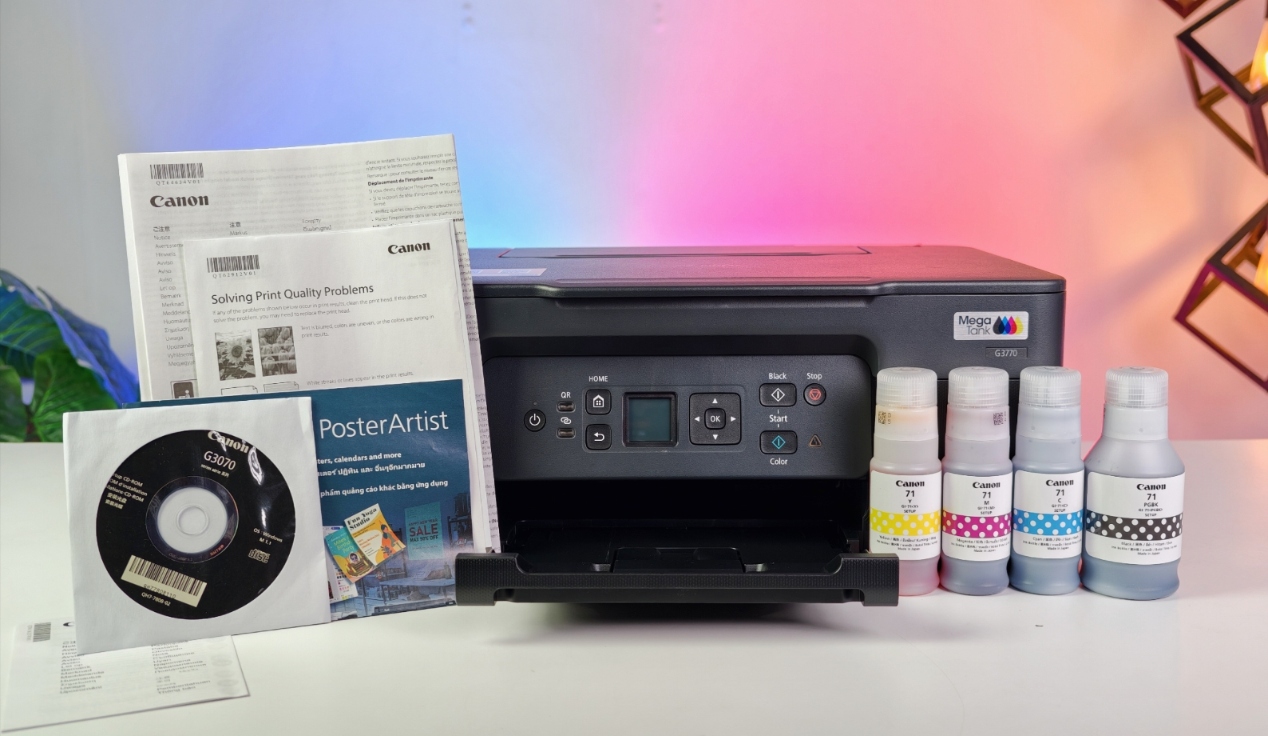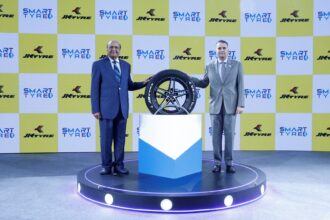In a move that feels long overdue to many road safety advocates, the Ministry of Road Transport and Highways (MoRTH) has proposed a new regulation that would require two-wheeler manufacturers to provide not just one, but two Bureau of Indian Standards (BIS)-certified helmets with every new two-wheeler sold. This amendment, part of a broader change to the Central Motor Vehicle Rules, 1989, is designed to ensure both the rider and pillion passenger have immediate access to crucial head protection right from the showroom floor.
Key Takeaways:
- The government is proposing that manufacturers must supply two BIS-standard helmets with each new two-wheeler.
- This change is part of a proposed amendment to the Central Motor Vehicle Rules, 1989.
- If finalized, the rule would become mandatory three months after its notification in the official gazette.
- The draft notification was released on June 23, 2025, with a 30-day window open for public comment.
- Additionally, from January 1, 2026, new L2 category two-wheelers will need to include Anti-lock Braking Systems (ABS).
- The initiative is a direct response to India’s alarming two-wheeler accident and fatality statistics.
The draft notification makes it clear: manufacturers will be responsible for ensuring that the helmets provided meet BIS specifications. Once the final rule is notified, the mandate would kick in three months later. It’s a firm step toward tackling the grim reality of two-wheeler road accidents, which remain a leading cause of fatalities across the country.
Addressing a Critical Safety Gap
Two-wheelers dominate the Indian roads. But they’re also overrepresented in road accident statistics. Ministry data and figures from the National Crime Records Bureau paint a stark picture. In 2021, among the 155,622 recorded road traffic deaths, a significant number involved two-wheelers. More recently, in states like Maharashtra, about 67% of two-wheeler fatalities in 2024 were linked to helmetless riding.
Though Section 129 of the Motor Vehicles Act, 1988 already mandates helmets for both rider and pillion (above age four), real-world enforcement has often lagged. With this new proposal, the government is shifting the onus onto manufacturers. The idea is simple: embed safety into the purchase experience itself, rather than waiting for enforcement to catch up later.
BIS Standards: Why They Matter
Helmets bearing the BIS certification aren’t just symbolic. They go through rigorous testing for impact resistance, strap strength, and structural design. The ISI mark on a helmet is meant to signify genuine protection. Sadly, non-compliant helmets are still widely sold and used, offering little to no real safety in crashes.
In fact, studies in places like Bengaluru have revealed a troubling trend: even some riders who were technically wearing helmets suffered fatal injuries because the gear was either substandard or improperly used. It’s been called the “helmet protection paradox.” This new regulation hopes to correct that at the source.
The Cost Factor: Safety vs. Economics
Naturally, this mandate isn’t just a safety measure—it’s also an economic decision. Manufacturers will need to adjust pricing structures to accommodate the cost of two quality helmets. Still, industry voices argue that it’s a small price to pay compared to the financial and emotional toll of road accidents.
From a broader perspective, road accidents strain healthcare systems, reduce workforce productivity, and devastate families. Preventing even a fraction of these tragedies would justify the modest bump in upfront costs.
Interestingly, the Two-Wheeler Helmet Manufacturers Association (THMA) has shown strong support. Its president, Rajeev Kapur, called the proposal a “lifesaving measure” and confirmed the industry’s readiness to ramp up production. Quality helmets, he insists, can be made widely available without compromising affordability.
Beyond Helmets: ABS Requirements for L2 Vehicles
Helmets aren’t the only item on the government’s safety checklist. Starting January 1, 2026, all L2 category two-wheelers—which include motorcycles and scooters with engine capacity above 50cc or speeds over 50 km/h—must be fitted with Anti-lock Braking Systems (ABS), as per Indian Standard IS14664:2010.
ABS, already mandatory for two-wheelers above 125cc, helps prevent skidding and allows riders to maintain control during sudden braking. Extending this requirement to smaller, more widely-used commuter bikes could prove pivotal. Combined Braking Systems (CBS), which are common in these models, help somewhat, but don’t offer the same level of control. The move to ABS is likely to save more lives, especially in chaotic traffic or on slick roads.
Public Feedback and Possible Hiccups
MoRTH is currently inviting feedback on the draft rules, with citizens and stakeholders given a 30-day window from June 23, 2025. Suggestions can be emailed to [email protected]. It’s a healthy sign of participatory governance, even if major amendments are unlikely.
That said, implementation won’t be without its challenges. Ensuring helmet availability across remote areas, maintaining BIS quality standards, and educating buyers will require coordination and persistence. Plus, some buyers might balk at a slightly higher cost or consider the extra helmet unnecessary. But again, this is a policy anchored in long-term thinking—not short-term convenience.
In recent years, with steps like Bharat NCAP for car safety ratings, the government has made it clear that road safety is no longer negotiable. This latest proposal only reinforces that stance.
Whether it’s a helmet or a brake system, the ultimate goal is the same: to keep people safe. This proposed dual mandate of two helmets and ABS isn’t just about ticking boxes—it’s a concerted effort to change behavior, culture, and ultimately, outcomes on the road.
FAQ Section
Q1: What exactly is the government proposing regarding helmets for new two-wheelers?
A1: Manufacturers must supply two BIS-certified helmets with every new two-wheeler—one for the rider and one for the pillion passenger.
Q2: When will this new rule come into effect?
A2: It will become mandatory three months after the final rules are published in the official gazette. The draft was released on June 23, 2025.
Q3: What does “BIS-certified” mean for helmets?
A3: It means the helmets meet safety standards set by the Bureau of Indian Standards and carry the ISI mark, ensuring a minimum level of protection.
Q4: Will this rule apply to all two-wheelers, or only specific types?
A4: The rule will apply to all new two-wheelers.
Q5: Is the government proposing any other safety changes along with the dual helmet mandate?
A5: Yes. From January 1, 2026, all new L2 category two-wheelers must be equipped with ABS compliant with IS14664:2010.
Q6: Why is the government making these changes?
A6: The goal is to reduce the number of fatalities and serious injuries in two-wheeler accidents, many of which are due to the absence or misuse of helmets.
Q7: Will existing two-wheeler owners also need to buy a second helmet?
A7: The rule applies to new purchases. However, existing riders are still legally required to ensure both rider and pillion wear helmets.
Q8: How can the public provide feedback on these proposed rules?
A8: Feedback can be submitted via email to [email protected] within 30 days of the draft notification’s release on June 23, 2025.


















